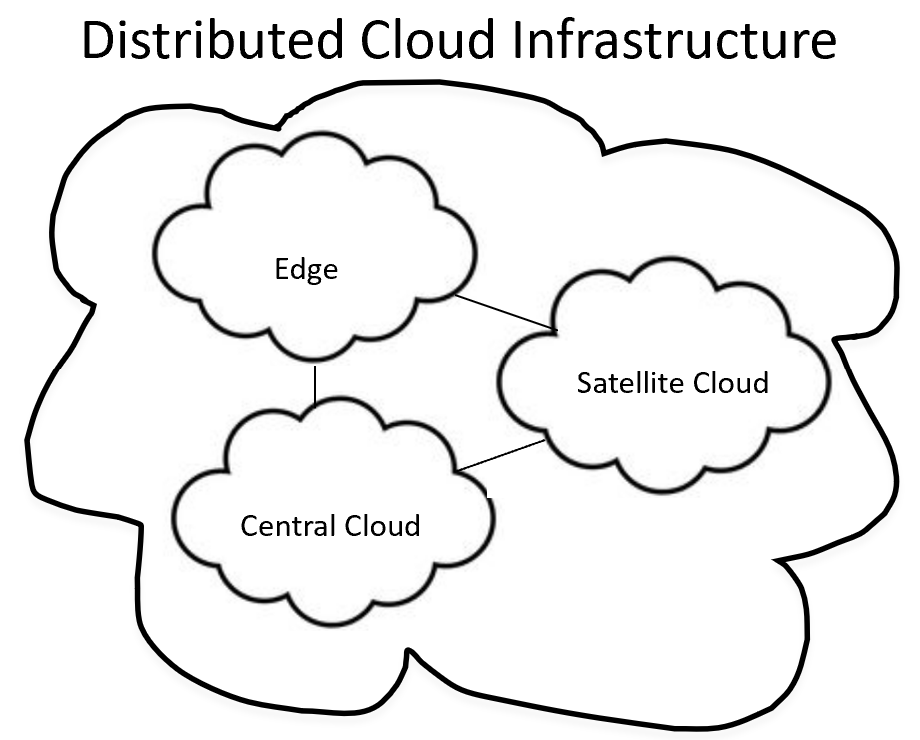What Does Distributed Cloud Mean?
Distributed cloud is a business model that extends a public cloud provider’s infrastructure and services to geographically distributed satellite locations, each with its own processing capabilities.
Customers can consume services from multiple satellites and manage them through one dashboard as if they were a private cloud. The operations and governance of satellite locations (which may also be referred to hubs, sub-stations or mini-clouds) remain the responsibility of the originating public cloud provider.
Distributed cloud addresses the needs of customers whose applications require location-based services to reduce latency and/or meet compliance regulations. It is supported by decentralized networking strategies such as Secure Access Service Edge (SASE) and is expected to help drive the growth of edge computing as a business strategy.
Techopedia Explains Distributed Cloud
Distributed cloud allows public cloud customers to choose where their data will be processed and stored. Historically, the location of where data was being processed was not a concern for cloud computing customers. It was actually one of the selling features that inspired the purposely vague label cloud.
As the Internet of Things (IoT) grew, however, it soon became clear that to reduce latency, data processing was going to need to move as close to the data source as possible. The term distributed cloud is credited to the consulting firm Gartner, although the concept of moving the cloud closer to the data source was first promoted by Cisco under the label fog computing.
Benefits of the Distributed Cloud
In addition to providing customers with centralized management for multi-cloud and hybrid cloud deployments, advantages of a distributed cloud infrastructure include:
- Improved bandwidth conservation.
- Reduced latency.
- Additional redundancy to ensure reliable service delivery and improve security.
- Management support for customers who need to meet compliance regulations.
- Improved support for machine learning (ML) and artificial intelligence (AI) applications that require near-real-time access to data.
- Centralized management for microservices deployed in hybrid cloud and multi-cloud environments.
Distributed Cloud Vendors
Vendors promoting the concept of using a distributed cloud infrastructure with centralized management include:
Amazon Web Services — AWS Outposts provides customers with access to AWS infrastructure, cloud services and management tools from any datacenter or co-location center.
IBM — IBM Cloud Satellite allows customers to deploy and run apps consistently across on-premises, edge computing and public cloud environments from any cloud vendor in their own datacenter.
Google — Google Cloud Anthos allows customers to define, automate, and enforce policy across multiple cloud environments.
Microsoft — Azure Arc allows customers to manage Windows, Linux, SQL Server and Kubernetes clusters across multiple locations, including the edge, from one dashboard.






